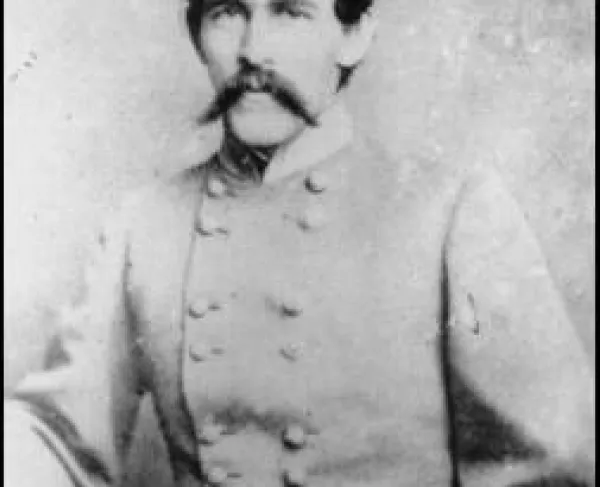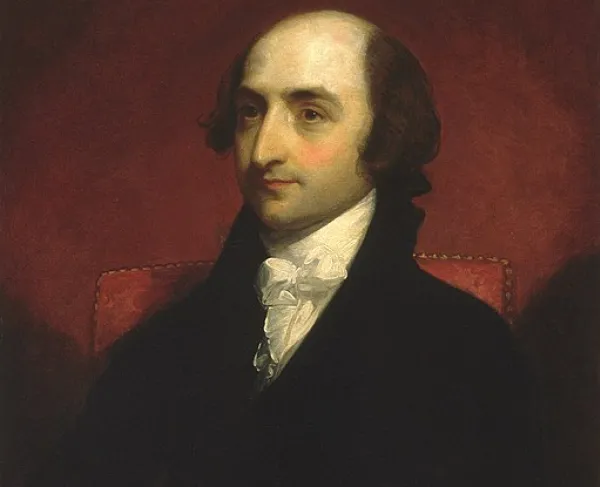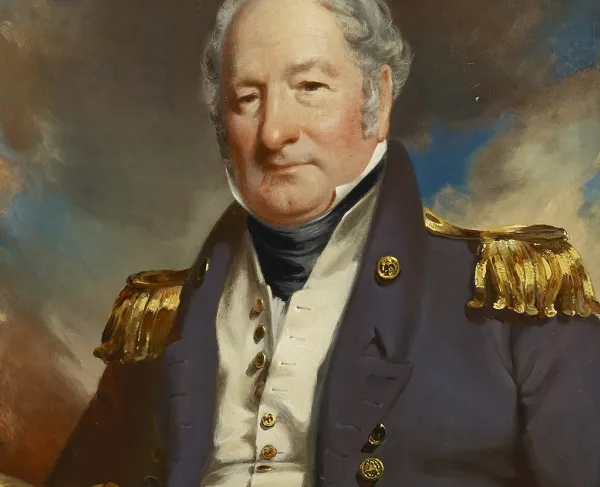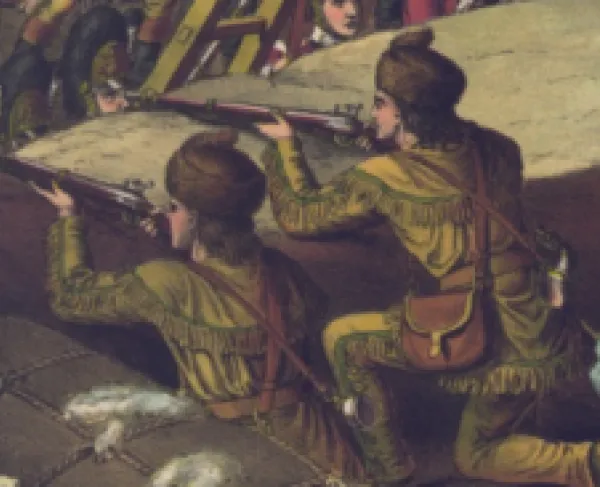Robert Rodes

Born in Lynchburg, Virginia, Robert Emmett Rodes was destined to become a soldier. After following in the footsteps of his father and grandfather, who both had military careers, Rodes attended the Virginia Military Institute (VMI) at age sixteen and graduated in 1848. After graduating, Rodes returned to VMI as an assistant professor until 1851, when he became a civil engineer. In this role, Rodes worked for the North River Canal in Lexington, Virginia, as well as various railroads throughout the South. Working for the Alabama and Chattanooga Railroad in Tuscaloosa, Alabama, when the war broke out, Rodes chose to serve his adopted state rather than his native Virginia. Commissioned the colonel of the 5th Alabama Infantry regiment, he served in the First Battle of Bull Run but did not see any action.
By the following year, however, Rodes had attained the rank of brigadier general and commanded a brigade at the Battle of Seven Pines, where he was grievously wounded. Several weeks later, he returned to his brigade, leading it at the Battle of Gaines Mill. But Rodes’ injury caught up with his ambition, and he was reassigned to the defenses of Richmond while he recovered. By September of 1862, he rejoined the Confederate Army of Northern Virginia in time for General Robert E. Lee’s Maryland Campaign. Rodes led his brigade at the Sunken Road at Antietam, where he was again wounded.
The following spring, Rodes achieved division command within Lt. Gen. Thomas “Stonewall” Jackson’s Second Corps and spearheaded his devastating flank attack on the Union army at the Battle of Chancellorsville on May 2nd. When Jackson commenced the attack, he turned to Rodes and said, “The Virginia Military Institute will be heard from today.” Rodes temporarily assumed command of the corps that night, when both Jackson and Major General A.P. Hill were wounded, until Major General JEB Stuart arrived to relieve him.
Following the death of Jackson, Rodes maintained command of his division when Robert E. Lee reorganized the Army of Northern Virginia, remaining part of the Second Corps. At the Battle of Gettysburg on July 1st, 1863, Rodes’ division engaged the Union I Corps on Oak Ridge. The attacks were uncoordinated and costly, but Rodes was eventually successful in routing the enemy.
During the Overland Campaign of 1864, Rodes and his division continued to serve in the Second Corps. By the early summer, Rodes and his division found themselves in the Shenandoah Valley. Now under the command of Lt. Gen. Jubal Early, the Second Corps participated in a campaign to draw the Union forces away from Petersburg. Early and his force successfully liberated the valley as well as threatened the outskirts of Washington, D.C. But, that success was soon quelled by Union Maj. Gen. Philip H. Sheridan and his Army of the Shenandoah.
Sheridan’s first blow was at the Third Battle of Winchester. As Robert Rodes prepared his division to exploit a gap in the Union line along the Berryville Pike, a shell fragment hit him in the back of his head, killing him. Regarded by many, including Lee, as one of the finest division commanders in the Army of Northern Virginia, Rodes was buried in the Presbyterian Cemetery in Lynchburg, Virginia. His wife, Virginia Hortense Woodruff, gave birth to their second son the following year.
Further Reading:
Major General Robert E. Rodes of the Army of Northern Virginia: A Biography By: Darrell Collins





